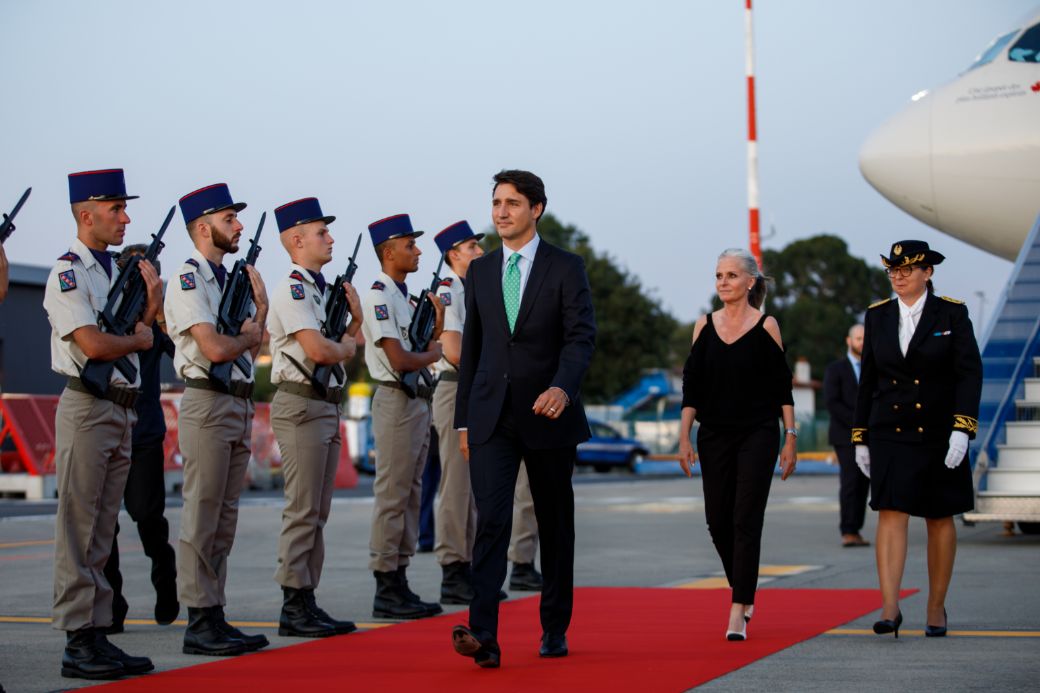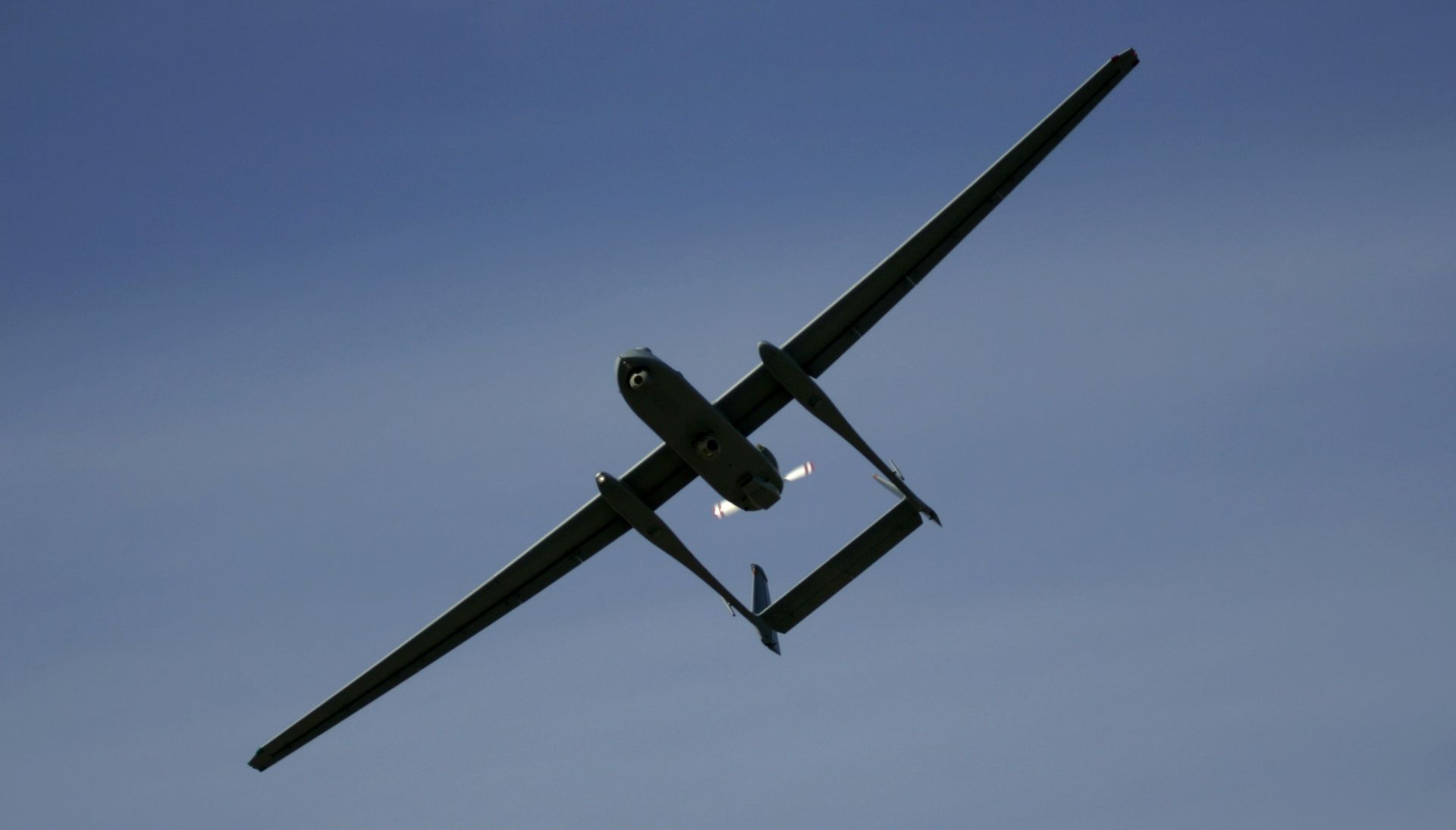The Air Force had to make cuts in its budget proposal for next year, officials warned, amid reports the service won’t be able to buy as many F-35 fighter jets as it had planned.
As the Pentagon prepares for the imminent rollout of the fiscal 2025 budget proposal, Bloomberg reports the Defense Department’s fiscal 2025 topline will be $849.8 billion—about $10 billion less than forecasted, because of Congress’s cap on defense spending. The cap forced officials to cut the number of F-35 jets it buys next year, from 83 to 70.
“The Fiscal Responsibility Act did drive a need to cut,” Andrew Hunter, the Air Force’s top weapons buyer, said Thursday at the McAleese defense conference in Washington, D.C.
“That topline came down. I think it was on the order of a couple of percents, and that sounds small, but you can’t take any bit of personnel. There’s only a handful of places you can take it, and by and large, your readiness accounts and modernization accounts are the ones that are the easiest to get to, especially late in the game,” Hunter said.
The service had to revise its buying plans because of the cap, but was able to find places to make those cuts without sacrificing readiness, Air Force Secretary Frank Kendall said at the conference.
“I think that 2025, while difficult, is at a level that I think we can accept, and it will still allow us to make progress on the modernization we need. It won’t allow us to buy currently available things at quite the rate we would like to buy them, and it keeps the readiness if you will of the current force at a level which is not ideal, but which is acceptable,” Kendall said.
Asked if a cut in the F-35 buy would increase the unit cost, Kendall told reporters whenever there’s a reduction in quantity, there’s an impact on price.
Additionally, Hunter said that if Congress doesn’t greenlight the service’s proposed aircraft retirements—specifically of some F-15Es and F-16s—the Air Force won’t be able to use that money to invest in future programs.
“If Congress were not to allow some of the divestments of those older aircraft, what you end up with is two things: you get an [operations and maintenance] bill because you have to find the funds to continue to operate aircraft and maintain aircraft. And you got a bit of a modernization bill, too, because you have to do the safety of flight things and you’re going to keep things that make sense to do some of the planned modernization of that fleet because it can be very dicey to go tail by tail,” Hunter said.
And if maintainers have to stay on the F-16 program, they can’t move to the F-35 program, Hunter said, which would slow down the Pentagon’s ability to ramp up maintenance capability for the F-35.
“The maintainers we wanted to turn into F-35 maintainers, which by the way we desperately need, now they can’t do that,” he said.
Congress has continued to block the service’s efforts to get rid of older Block 20 F-22 Raptors, despite Air Force officials saying it would cost too much to ever get the jets ready for combat.
If they can shed older Block 20 F-22s, they could use the money saved to upgrade Block 30 F-22s, Hunter said, which will serve as a bridge until the Next Generation Air Dominance program comes online.
“Some of them don’t have the right configuration for the fight that we know we need, and it is not cheap, simple, or straightforward to modernize them to that configuration, so we’re going to have a conversation with Congress about some of the F-22s which are not quite ready, aren’t prepared for the fight that we see as needed, so we have the funding to take the other F-22s and make them as combat-capable as they can be for that fight,” Hunter said.
Newer, more-capable F-22 would be the best to use if conflict broke out tomorrow, Hunter said.
“What is my highest priority in the near-term for that great power competition? I’d probably put F-22s at the top,” Hunter said.





















Discussion about this post